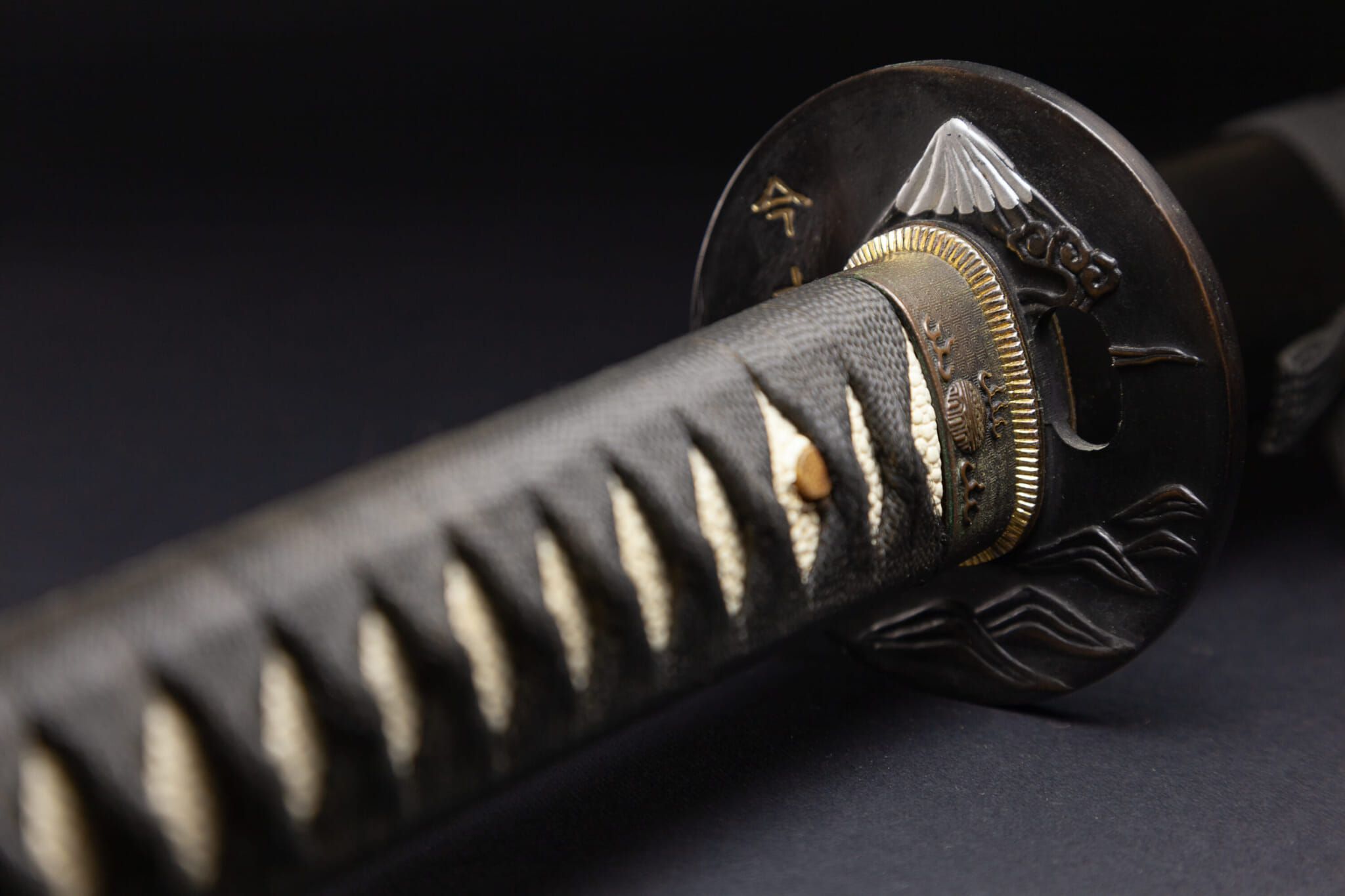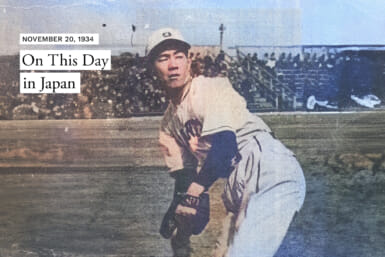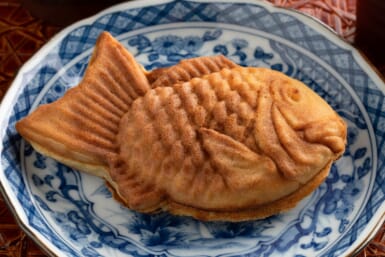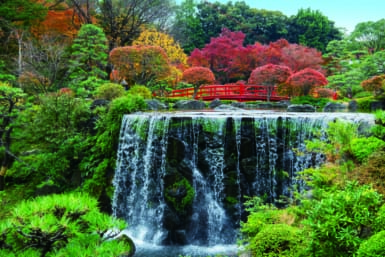In 1598, an ambitious expedition set sail from the bustling Dutch port of Rotterdam, marking the beginning of a remarkable journey. Among the five Dutch vessels that embarked on this dangerous voyage, destiny favored only one to complete its mission. Two years later, De Liefde etched its name in history by becoming the first Dutch ship to ever grace the shores of Japan.
This historic encounter was anything but smooth sailing. Instead of a warm welcome, the ship was met with suspicion and accusations by Portuguese missionary priests who unjustly labeled it a pirate vessel. Under the direction of the soon-to-be shogun, Tokugawa Ieyasu, the ship was apprehended. However, a thorough investigation debunked these allegations, proving the innocence of the Dutch sailors.
In the wake of the initial encounter and the building of mutual trust, Tokugawa extended a historic gesture by granting the Dutch East India Company (VOC) the privilege to engage in trade within Japan, which later led to the establishment of a trading post in Nagasaki’s Hirado and later in Dejima.
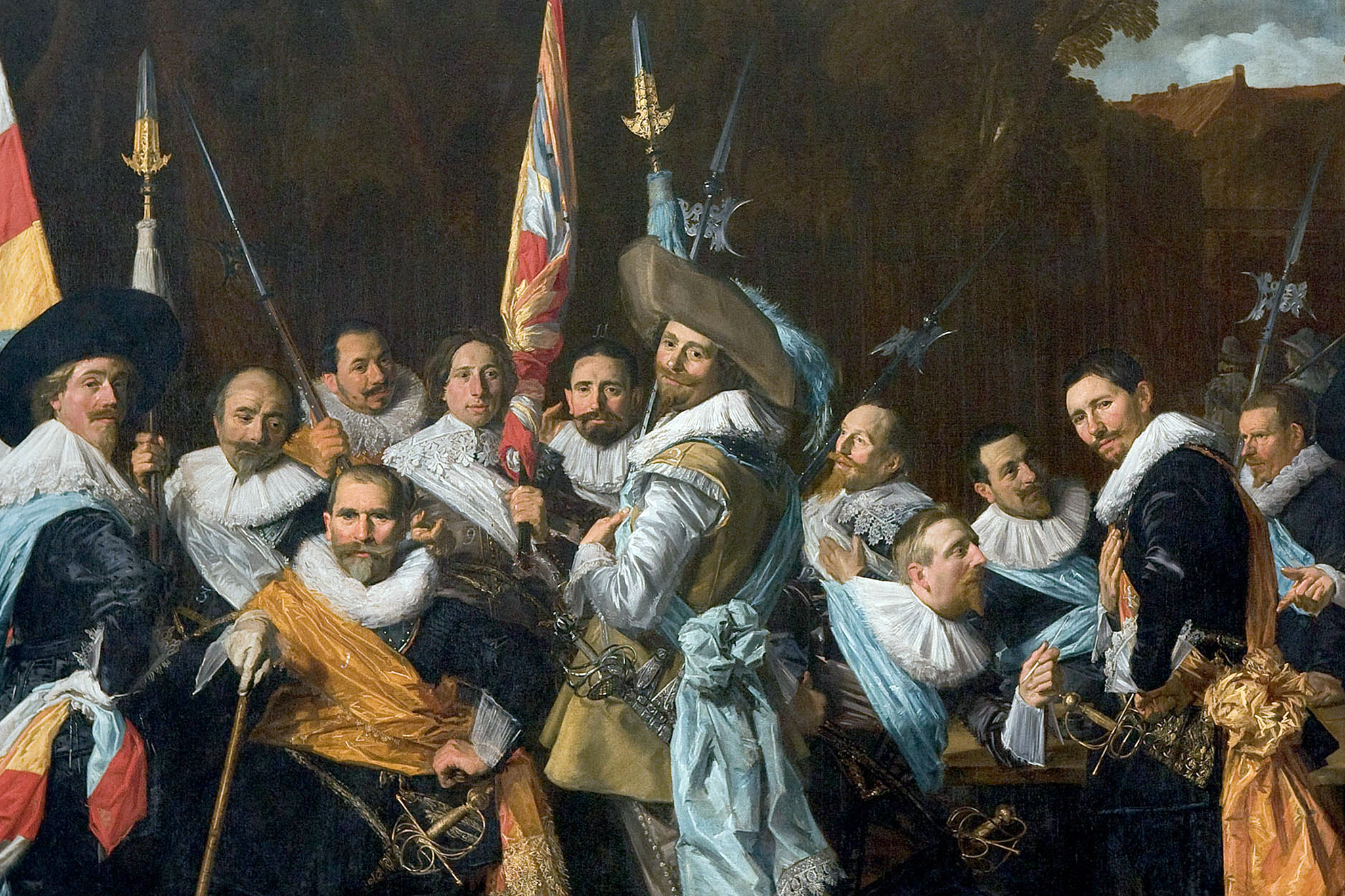
Frans Hals, “Meeting of the Officers and Sergeants of the St Adrian Civic Guard,” 1633, Frans Hals Museum
A Fusion of Cultures
The blossoming trade partnership created a pathway for diverse exchanges, with a variety of goods flowing between Japanese and Dutch merchants, including textiles, delftware and silk. Additionally, Japanese lacquerware, delicate porcelain and artworks graced the shelves of Amsterdam shops, captivating not only the curiosity and interests of the public but also serving as inspirational treasures for Dutch artists. The Golden Age set the stage for a fusion of cultures that echoed throughout their art.
Dutch artists found inspiration from the curious world surounding them. They were in constant search of intriguing objects to depict in their artworks, with a particular interest in weaponry, as it symbolized power, wealth and bravery. When they encountered Japanese arms displayed in the shops of Kalverstraat, they were captivated by the craft skills and beauty. The allure of these exotic imports from the Far East swiftly became a new wellspring of inspiration.
Born in Amsterdam in 1583, Pieter Lastman was a master of biblical and mythological scenes. He mentored the young Rembrandt, helping him develop the techniques and storytelling skills that would make him a legend. One of his most renowned works, “The Good Samaritan,” portrays a biblical story where a samaritan shows compassion to an injured traveler. The depiction of the samaritan wearing a Japanese sword marks an early instance of Japanese aesthetics entering European art, symbolizing a fusion of cultures from distant lands.
“Man in Armor (Mars)” has been associated with several of Rembrandt’s pupils, including Karel van der Pluym and Heyman Dullaert. However, uncertainty persists regarding its definitive attribution. Mars, the Roman god of war, is portrayed in gleaming armor with a wakizashi, where you expect to find a knightly sword, adding a distinctive and unexpected element to the portrayal.
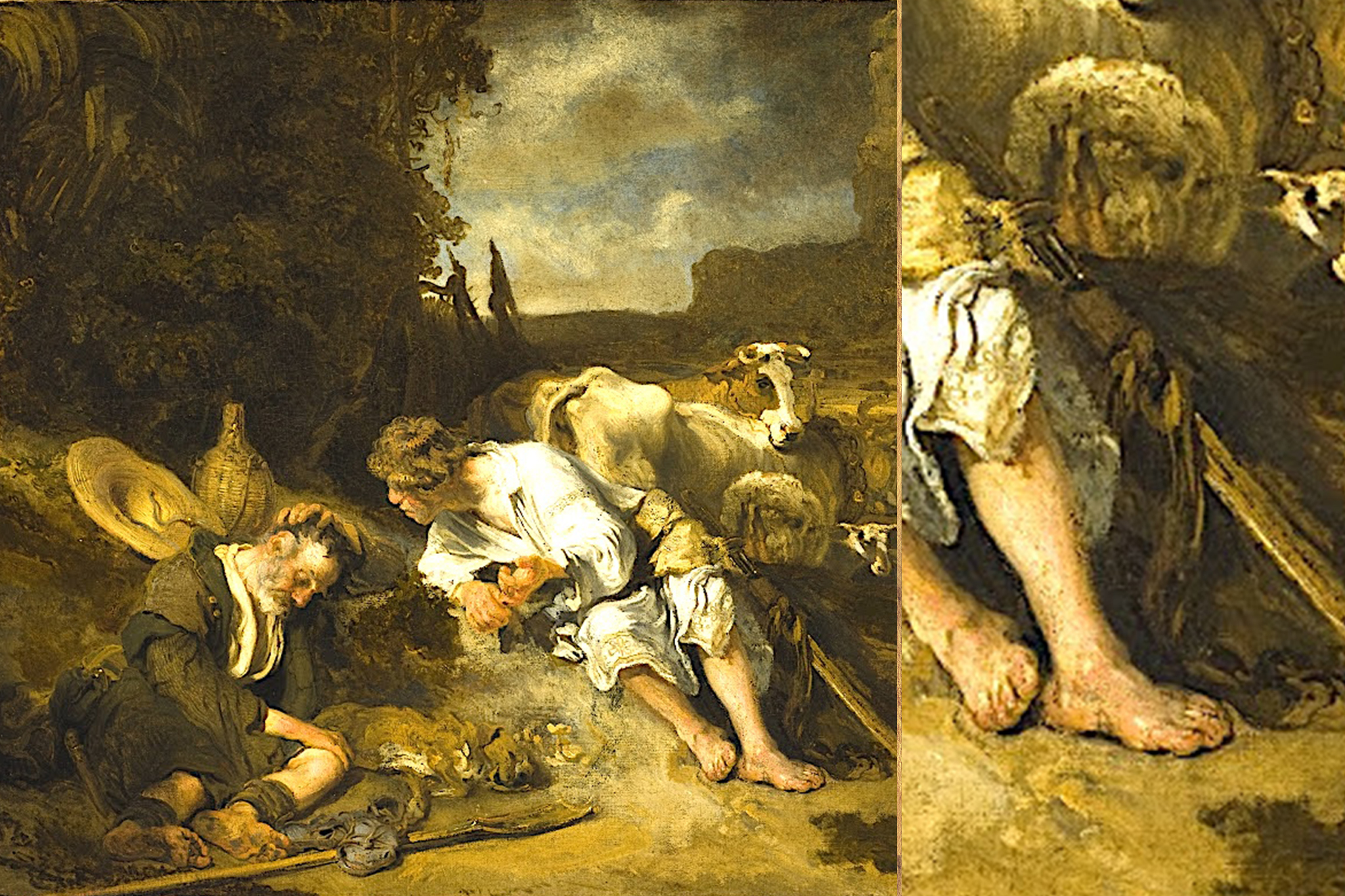
Carel Fabritius, “Mercury and Argus”, 1645/47, Los Angeles Country Museum of Art
Rembrandt’s Pupils
Carel Fabritius, born in 1622, was one of Rembrandt’s most talented and innovative pupils. He tragically died in an explosion at the age of 32, and unfortunately, only a few of his works survived. In his depiction of the famous tale of love and deceit, Fabritius portrays Mercury lulling the giant Argus to sleep before executing him. Following this, Mercury reaches for the Japanese sword, already slightly drawn from its sheath and lying nearby.
Ferdinand Bol, born in 1616, studied under Rembrandt for five years. He favored historical scenes, and his art was influenced by the distinctive style of Rembrandt. He created two variations of “Fabritius and Pyrrhus.” In a bold artistic move within the second iteration, Bol decided to replace the weapon carried by the fleeing knight with a naginata, a traditional Japanese pole arm.
Jacob van Campen, born in 1596, distinguished himself as a gifted Dutch artist and architect, leaving lasting legacies such as the Royal Palace of Amsterdam and the Royal Palace (Huis ten Bosch). The samurai armor in his still-life work, “Triumphal Procession with Gifts from the East and the West,” depicted as a protective figure, was believed to be a gift from Tokugawa Ieyasu to the Prince of Orange, symbolizing mutual respect between cultures.
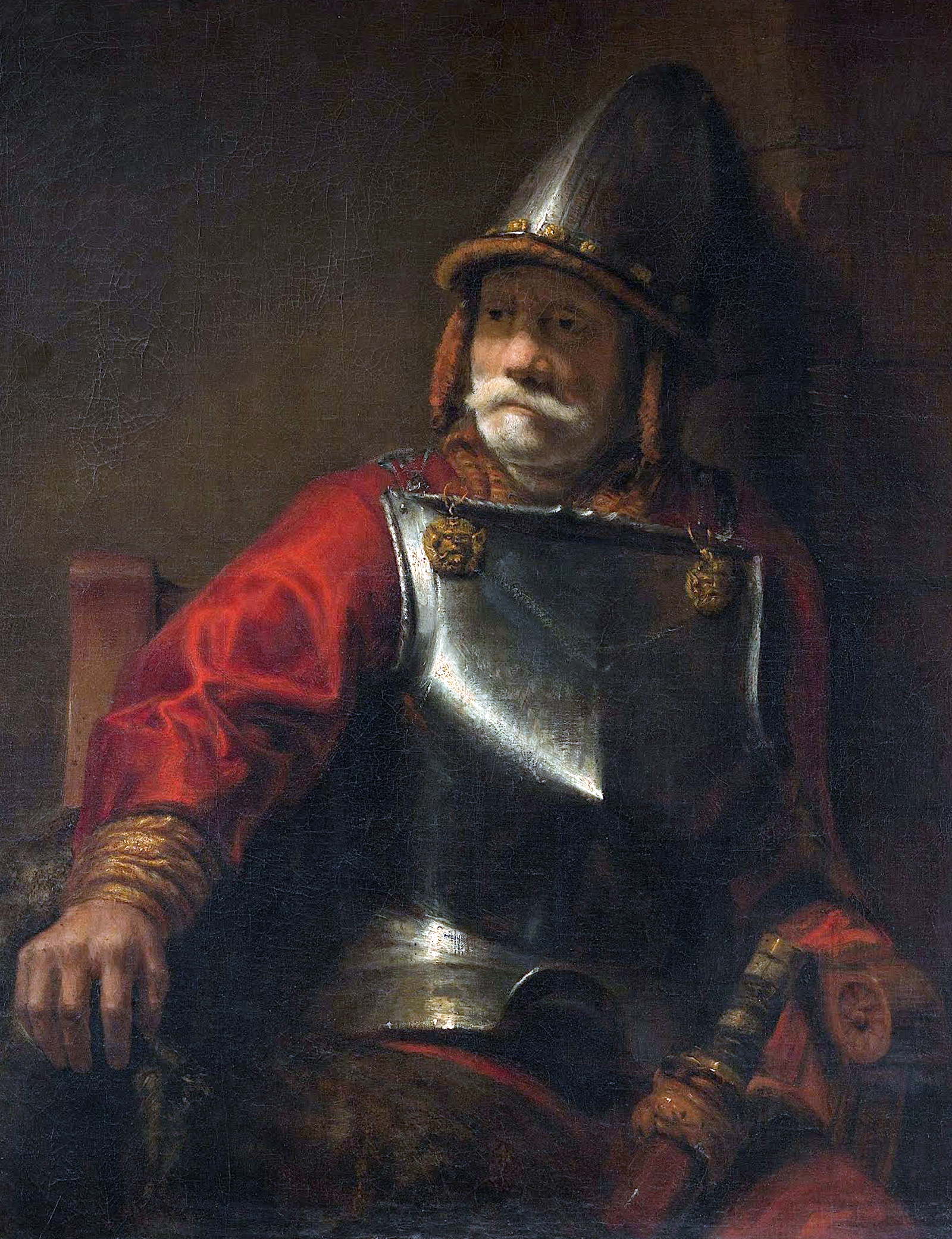
Rembrandt “Mars.”
The Master
Rembrandt, born in 1606, was a masterful storyteller through his art, portraying a subtle and loving attention to the world that enveloped him. Although he was known as the greatest artist of the Dutch Golden Age, his fascination with Japan is unknown to many.
In his painting “John the Baptist Preaching,” he showcases a keen interest in the world beyond Europe by depicting over 70 figures, including one dressed in Japanese samurai armor.
He sought captivating objects for his paintings, often visiting Amsterdam markets to acquire unique and exotic items. Contrasting with many artists, most of the weapons and armor depicted in his paintings were from his personal collection.
“In the summer of 1656, due to his bankruptcy, a detailed inventory of his possessions was made,” explains Leonore van Sloten, senior curator of the Rembrandt House Museum. In one of his sketches, “Jael Killing Sisera,” a Japanese helmet is depicted in the background, a precious item listed in his inventory, showcasing his diverse and eclectic collection of inspirations for his artistry.

